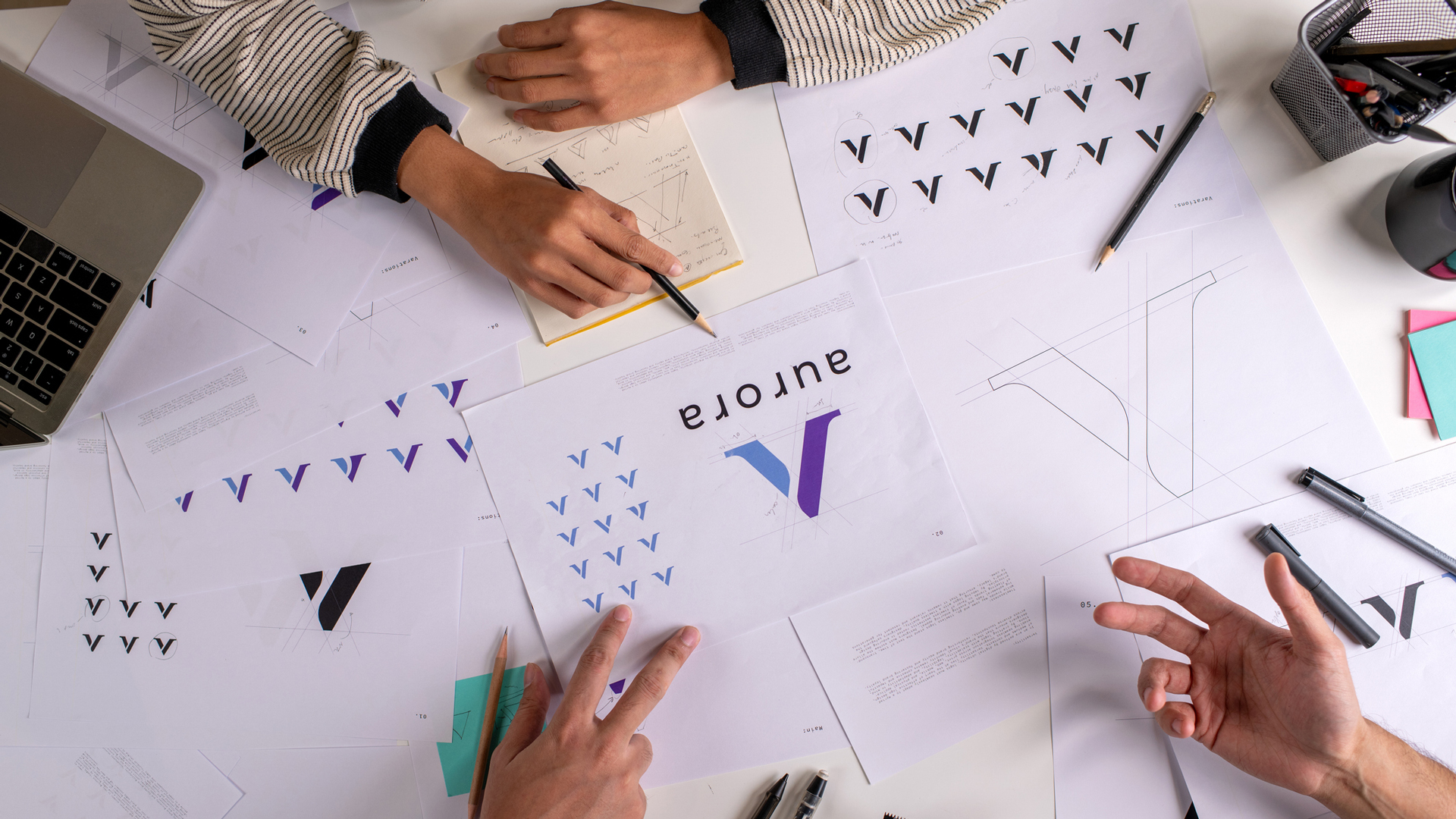15 pro techniques for beating creative block
We asked our panel of experts for practical guidance on how they beat the dreaded 'block'.
We may have made a play-on-words of 'creative block' to name our site, but real-world creative block can be frustrating and mentally debilitating. Heavy workloads and an 'always-switched on' mindset can take a real toll on the creative juices, but there are ways to beat the block - we asked 15 designers for their tips to pass on to you.
01. Dan Rubin

I have two main way I use right now, to varying degrees of success. First, I try to get as far away from whatever it is I'm stuck on, whether that means topically or physically. This can mean going out for a walk (easy to do, clears the head), especially with a camera in hand so I'm actively focusing on observation, rather than using that time to think about whatever I'm stuck on (the disconnect is the important part). Failing that, doing the same thing but without leaving my flat or desk can sometimes help (for instance, just switching to another task, clearing some email, or even doing the dishes).
Second, just push on through the work, trying different things to get unstuck. This is something I've never really been good at (I'm much better at distracting myself from the problem at hand), but I've been forcing myself more and more lately and it's working wonders. If I'm stuck in Photoshop, I switch to sketching, or maybe even Illustrator. If I'm stuck sketching, I'll look for specific inspiration online or on the bookshelf, make a mood board, create or edit a mind map directly relating to the task at hand – similar in a way to number one, except rather than distracting/removing myself from the project or task, I change the context and apply the thinking in a different way.
An alternative method is to forget about switching contexts and actually *push* yourself to get some ideas out, even if they are silly and you'll toss them later. I think of this as a mental version of getting your car unstuck from a snowy ditch: you don't give up, you just keep working at it until you find traction.
Dan Rubin is director of user experience at Sidebar Creative
02. Ferdi Wieling

Sometimes I wonder whether there's such a thing as creative block. Sure, there are moments where you're being forced to produce something and then not being able to think of something on the fly is frustrating, but nine out of 10 times when this happens, it's because your thoughts are somewhere else. For me, it's about being able to put your head in the right space.
Taking good care of yourself is a surefire way to aid this. Having said that, I look on in envy at the high-achievers that fill my news feeds, who manage to out-perform others, maintain a diet of some sorts, build in exercise in their existence and get 8 hours of sleep each day.
Get the Creative Bloq Newsletter
Daily design news, reviews, how-tos and more, as picked by the editors.
If you're like me and you're no stranger to fast food and a cold beer, and your idea of exercise is seeing how long you can play 'the ground is lava' until you need to get up to go to the bathroom, then there are other ways to force yourself to break out of your mind space.
Read up. Understand your task ahead. Know your brief front to back, back to front. Research your target audience. Know your product/client/service. Fill your head with all of the things you need to know. Then let go.
Change your scenery. Get out. Go have a coffee somewhere: sometimes just getting out of the office is all you need, and helps you refocus. Take your laptop and change your environment. If you're working with a desktop: a notepad and a pen will suffice. I use Notes on my phone. I realise this is the part where I reveal I use one of a dozen awesome productivity apps, but I don't. Notes is fine.
Speak to people outside of your usual circle. Especially within the web industry, it's so incredibly easy to stick to developing for people who all understand layout, who get a nerdboner over your tech stack or who squeal upon seeing the latest and greatest Dribbble shot - by changing your sound board you're bound to gain a different view on things which is guaranteed to open up your thinking!
Designer and photographer Ferdi Wieling is international creative director at www.ferdiwieling.com
03. Patrick McNeil

I start by reading my own books: The Web Designer's Idea Book(s)!
Kidding aside, for me it's all about staying educated. I work hard to constantly learn new things. This means reading books about industries I am not in such as accounting, economics, marketing and so on. By learning core ideas and fundamentals of other fields I find that my design and web work stays fresh and new.
Patrick McNeil is the author of The Web Designer's Idea Book
04. Aaron Gustafson

Aaron Gustafson
Principal
easy-designs.net
When I get blocked, I try to focus on something else for a bit to work different parts of my brain.
Sometimes just stepping away from my desk to make a cup of tea, chat with a colleague, or get some lunch helps me return to my work with greater clarity, focus, and creativity. When that's not enough, I take a break to read some fiction, play a video game, walk around the block, or do something else non-work related but equally stimulating. Each situation is different, but often a little distance grants you better perspective.
In all of this, however, it is important to recognize when you are using a 'block' to excuse procrastination.
Aaron Gustafson is principal at Easy! Designs
05. Rob Walker

Go out for a walk.
Rob Walker is studio manager of creative agency Bluegg
06. Whitney Hess

I stay inspired by connecting with nature every chance I get: staring up at the stars, walking through the woods, burying my feet in the sand.
The vastness of this world reminds me just how small I am and how little time I have here - spurring me to double-down on my efforts to make an impact now.
Whitney Hess is an independent user experience designer
07. Matt Gifford

I love to keep up with new trends in web design and development, exploring new JavaScript libraries, plug-ins and CSS techniques.
Inspiration also comes from seeing what others come up with, how they interpret certain design layouts to achieve a specific goal or requirement, and how applications and code are structured and tested.
For me, inspiration comes from continually learning, improving and exploring what's available (and perhaps developing those that don't yet exist).
Matt Gifford is the lead developer and provider of tailored consultancy services for monkehWorks Ltd.
08. Shane Mielke
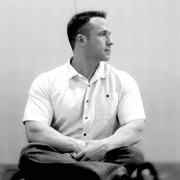
When searching for those big creative ideas, I try to get away from the computer to just zone out while doing something athletic in order to free my mind of any limitations.
Physical activities help push aside all of the internal and external noise that constantly bombards us all and hinders our creativity. True inspiration comes from breaking out of your comfort zones to experience new things in life. Breaking from a daily schedule, visiting new places and meeting new people with skill sets and perspectives different to your own bring fresh ideas to your work.
Shane Mielke is a freelance designer and creative director
09. Jonathan Smiley
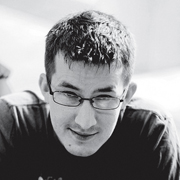
Inspiration for me comes from a few places, but the one I enjoy the most is actually something I learned from an MIT course on interaction design. Take a common convention you're working on and, purely as an exercise, change all of the relevant heuristics.
For example a mail client: instead of newest on top, make newest the largest. Instead of unread in bold, put unread in a specific location, etc. It's a fun way to free your mind up from common conventions, and it can lead to some really interesting intuitive leaps.
Jonathan Smiley is a design lead at ZURB
10. James Chudley
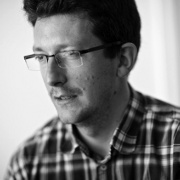
A change of scene always works well; a change of desk or location. Immersing yourself in another environment with different types of people gives you a new perspective on things.
Also on every project I try to use a new tool, technique or approach which helps to keep things fresh and challenging.
James Chudley is UX director at CX Partners
11. Inayaili de Lon

I usually need to step away from the computer several times a day and do unrelated things, like cooking or yoga, or even watching TV. I have found some interesting art and social documentaries on BBC 4 lately that are very inspiring as they talk about people that have done great things and how those things have impacted on the world we live in today. Other times I just need to start 'doing' to get unblocked, start putting words on a blank document, moving things around in Photoshop, trying random colour combinations and fonts. By doing some unconstrained things on the blank canvas I soon realise what will feel right and what won't and start moving in the right direction. And some days I feel I just need to do 'uncreative' tasks, more mechanical tasks that don't require a lot of thinking but that will still move me closer to the end of a project.
Inayaili de Lon is lead web designer at Canonical
12. James Bates

In my experience there's no single formula for beating creative block, but over the years I've found a few techniques I turn to when I'm stuck.
01. Step away for a while
Take a break and focus on doing something else. If you can afford to put it off for another day, pick another task to work on. If you don't have that luxury then choose something that enables your brain to wander, take a walk or go for a run. My favourite is to sit doodling: the subconscious act of scribbling allows my brain to not overthink things – and when you do have an idea you have the tools in your hand to capture and explore it.
02. Check you're answering the right question
I often find that one of the reasons I'm blocked is that I'm unsure about some aspect of the problem further up the chain. So I'll go back to the brief and try to break it down into smaller, more manageable chunks, then see if there are any unknowns and try solving these before moving on.
03. Approach it from another angle
Another technique I use is to flip the problem on its head. Looking at it from another or the opposite perspective can often shed light of which is the right approach to employ when solving the actual problem.
04. Seek critique from your peers
Designers are often worried about showing unresolved work to others, but I've found that getting your peers involved in the process as early as possible is a great help. Often, the act of explaining the problem is enough to unblock it in your head. But even if that isn't the case, you'll come away with a new insights, or different approaches. Do this as often as they'll put up with you pestering them.
These techniques have all worked for me at some point, but sometimes there's just nothing for it but to man up and just work through it. The old adage about good design being 10 per cent inspiration and 90 per cent perspiration is usually true.
James Bates is UX designer and creative director at Clearleft
13. Trent Walton

A newer trick of mine is to buy a bunch of cheap old books on eBay and pile them on my desk and side tables.
If I need to force a timeout I'll grab one of these books and thumb through it for ten or fifteen minutes. Some of them are specifically related to design (old logos and corporate identity) but most are completely random. Right now I've got Graphis Annual 1952 1953, a Country Fair Magazine from 1956, and a hardback copy of Roy Rogers and the Rimrod Renegades.
Trent Walton is founder of Paravel
14. Derek Featherstone

The only technique that has ever really worked well for me is exercise.
Get away from what I'm struggling with, get some exercise and see the world around me. That lets my mind wander and to see things in different ways. I always come back feeling energized, and with a lot of new or clarified thoughts. That keeps me from getting stuck on the same thing for a long time, and keeps me seeing new things and new relationships between the digital problems I'm usually trying to solve and the real world.
Derek Featherstone is an instructor, speaker and developer
15. Rachel Shillcock

Staying inspired is tough when you're always sat at a desk, as most of us do when we're working. That's why I think it's so important to 'switch off' - it's a natural tendency in our industry to work all hours, on actual work or side projects, and even in evenings (when we think we're switched off) we're probably checking Twitter, or our emails, or browsing the web on our phones or tablets.
Switching off every now and then gives me the energy and break I need. It gives me a break from a screen, and not only does it rest my eyes but it gives my brain a chance to free itself and relax a little more. I find that this helps me whenever I feel like I'm suffering from creative block: quite often we put ourselves under pressure to be creative at a particular time or when we have a need for it, but creativity isn't something that can be willed - sometimes it can take days to fully 'get into' a project and start coming up with creative ideas.
To stay inspired, I try to again get away from the computer - there are so many blogs and articles out there that, sure, are inspirational, but the amount we sometimes feel we have to keep up with can quickly escalate and feel overwhelming. Getting away from the screen and looking in books is something I find can be very inspiring - I find looking at furniture or architecture design can inspire ideas that we can translate into designing for the web. Even if it's something as small as the lines, patterns and textures, I find it helps to inspire more original ideas.
Taking pleasure in the small things (like when the sun comes out in Manchester two days in a row - that seems a rare occurrence!) really helps me personally to keep happy and inspired. If you know when and how to look, you can find inspiration all around you. Listen to the sounds of leaves rustling in the autumn, examine the way that the rays of the sun throw the light outside at different times of day. When you're walking around a new town look up and discover beautiful architecture you otherwise would not have seen - and take a walk in a park and listen to the sounds of the trees and birds around you.
Everyone will be different and find different ways of staying inspired, but in a more practical sense ensure to take regular breaks to help prevent burnout and appreciate all that is around you, trying to take inspiration and ideas from what you can read, listen to or see."
Rachel Shillcock is a freelance web designer
Do you have any tips for banishing the dreaded creative block? Why not share them in the comments?

Thank you for reading 5 articles this month* Join now for unlimited access
Enjoy your first month for just £1 / $1 / €1
*Read 5 free articles per month without a subscription

Join now for unlimited access
Try first month for just £1 / $1 / €1
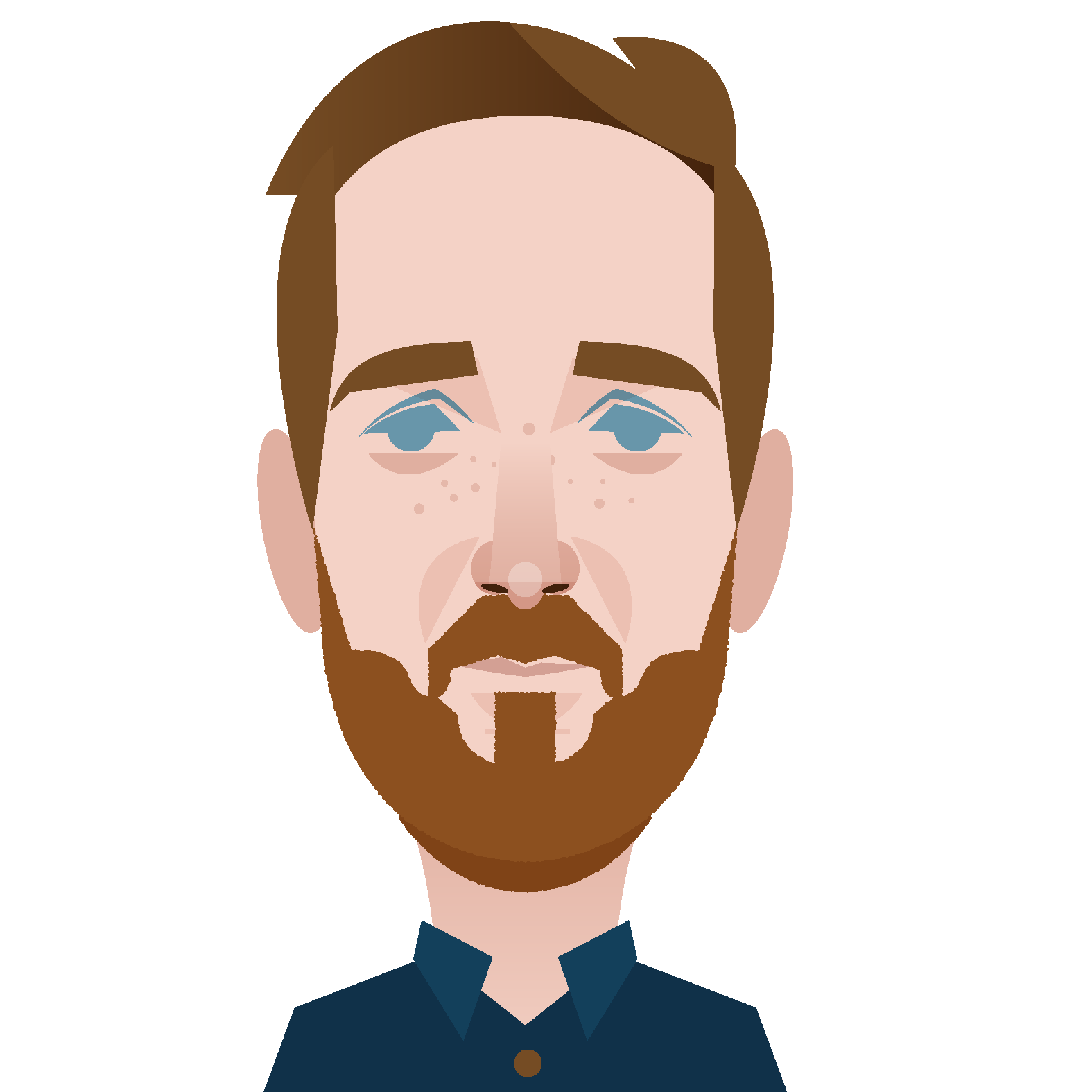
Craig Stewart is a writer, SEO strategist and content marketer, and is a former editor of Creative Bloq. Craig has written about design, typography, tech and football for publications including Creative Bloq, T3, FourFourTwo and DSG, and he has written a book on motoring for Haynes. When he's not writing, you'll usually find Craig under his old car learning about DIY repairs the hard way.
